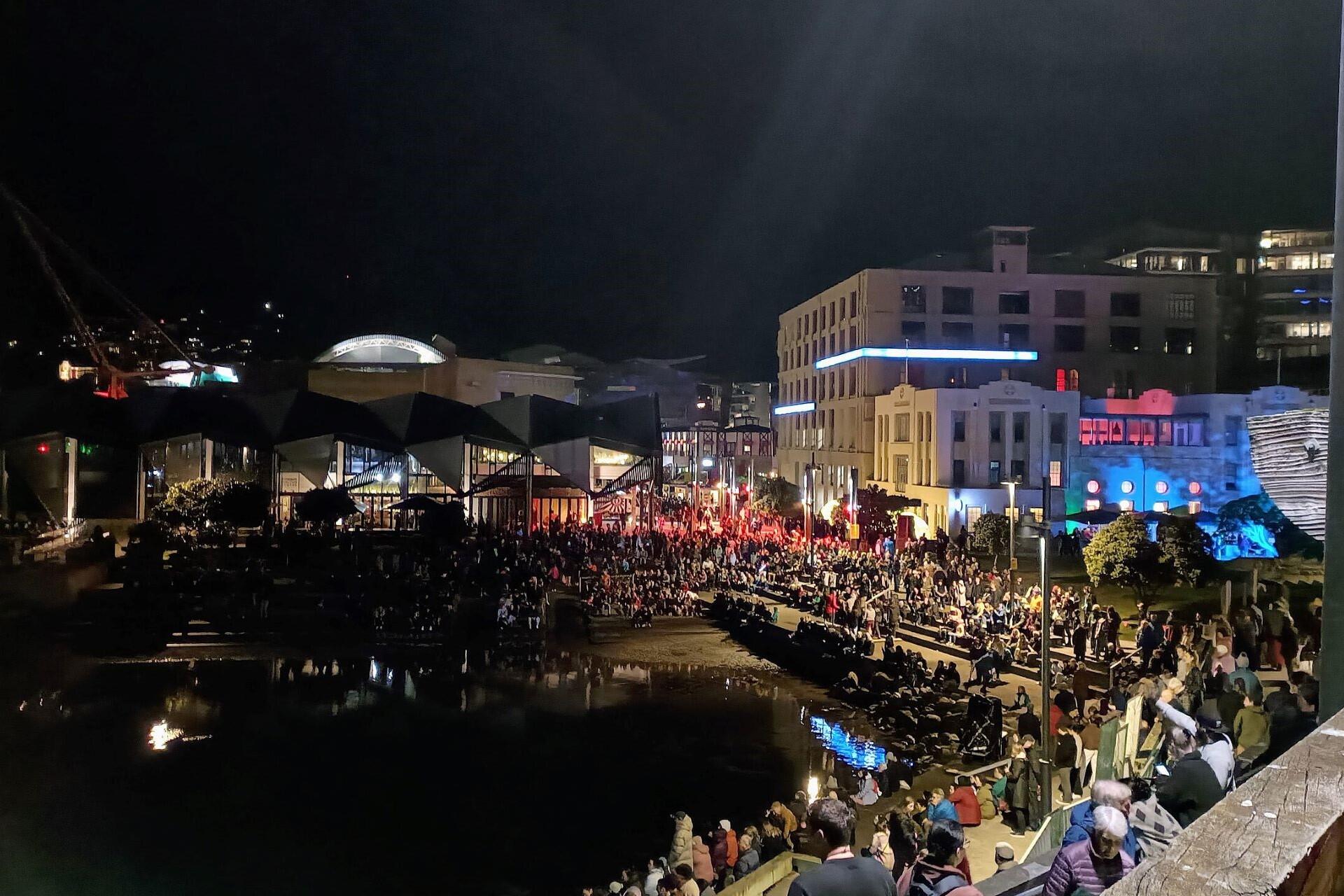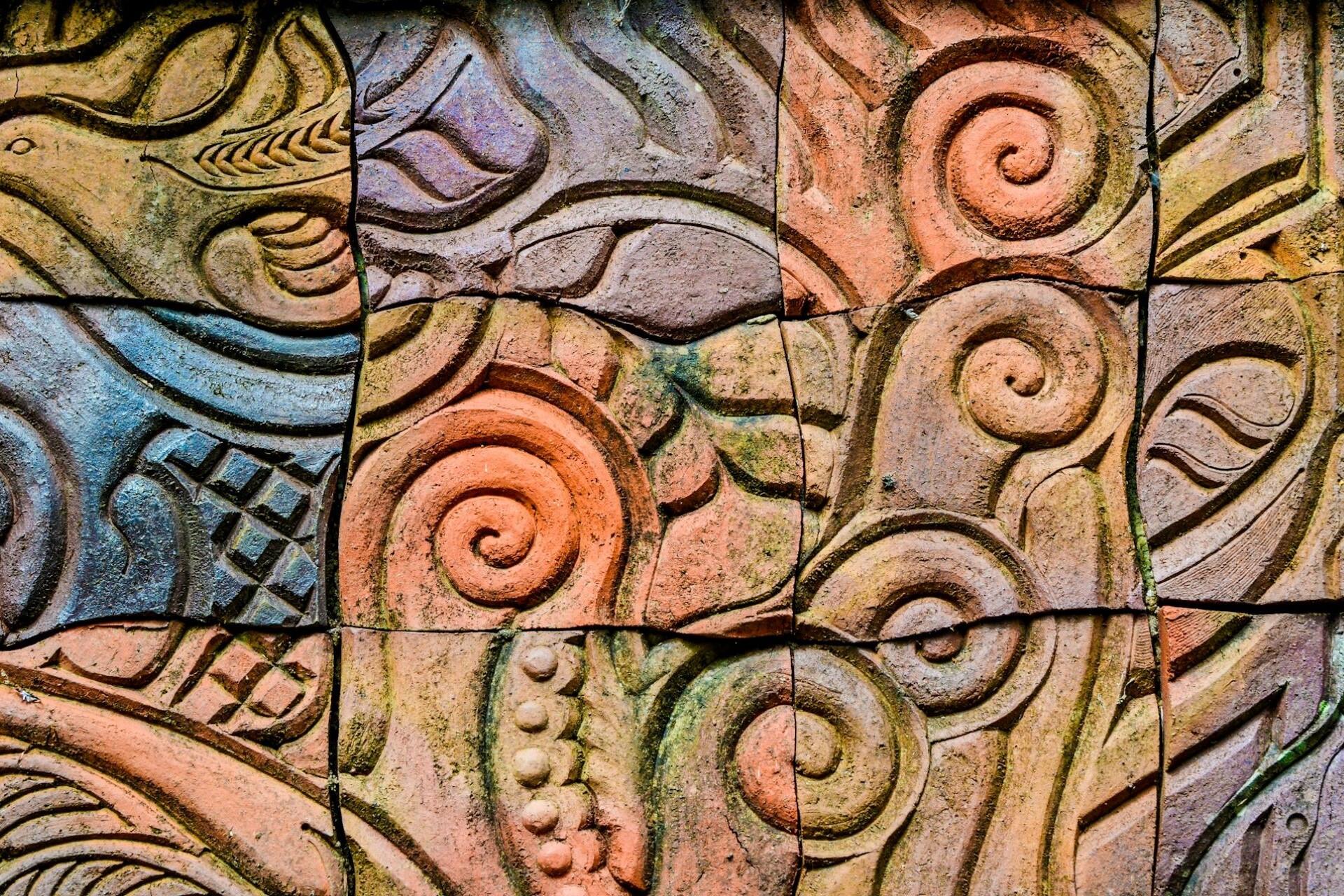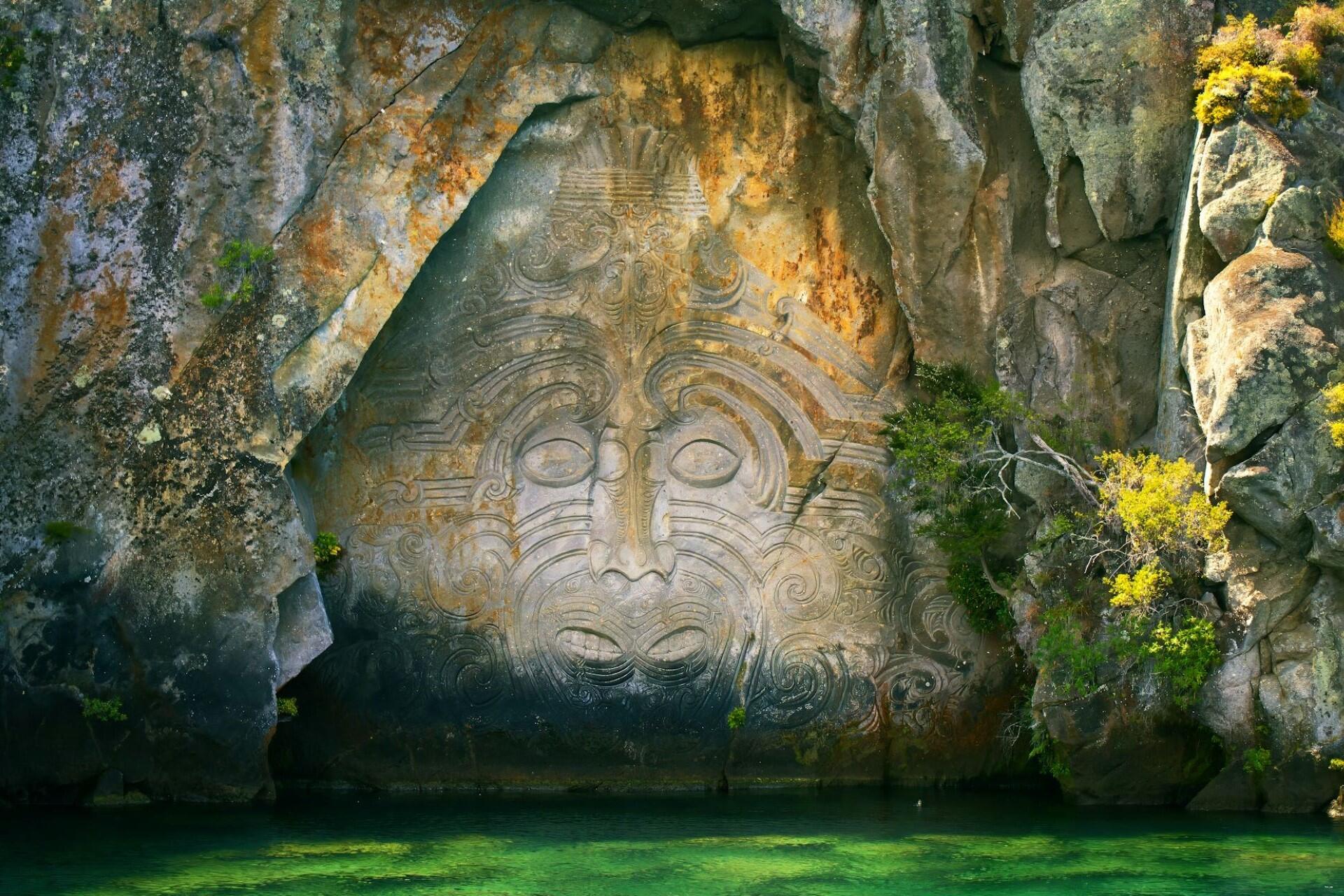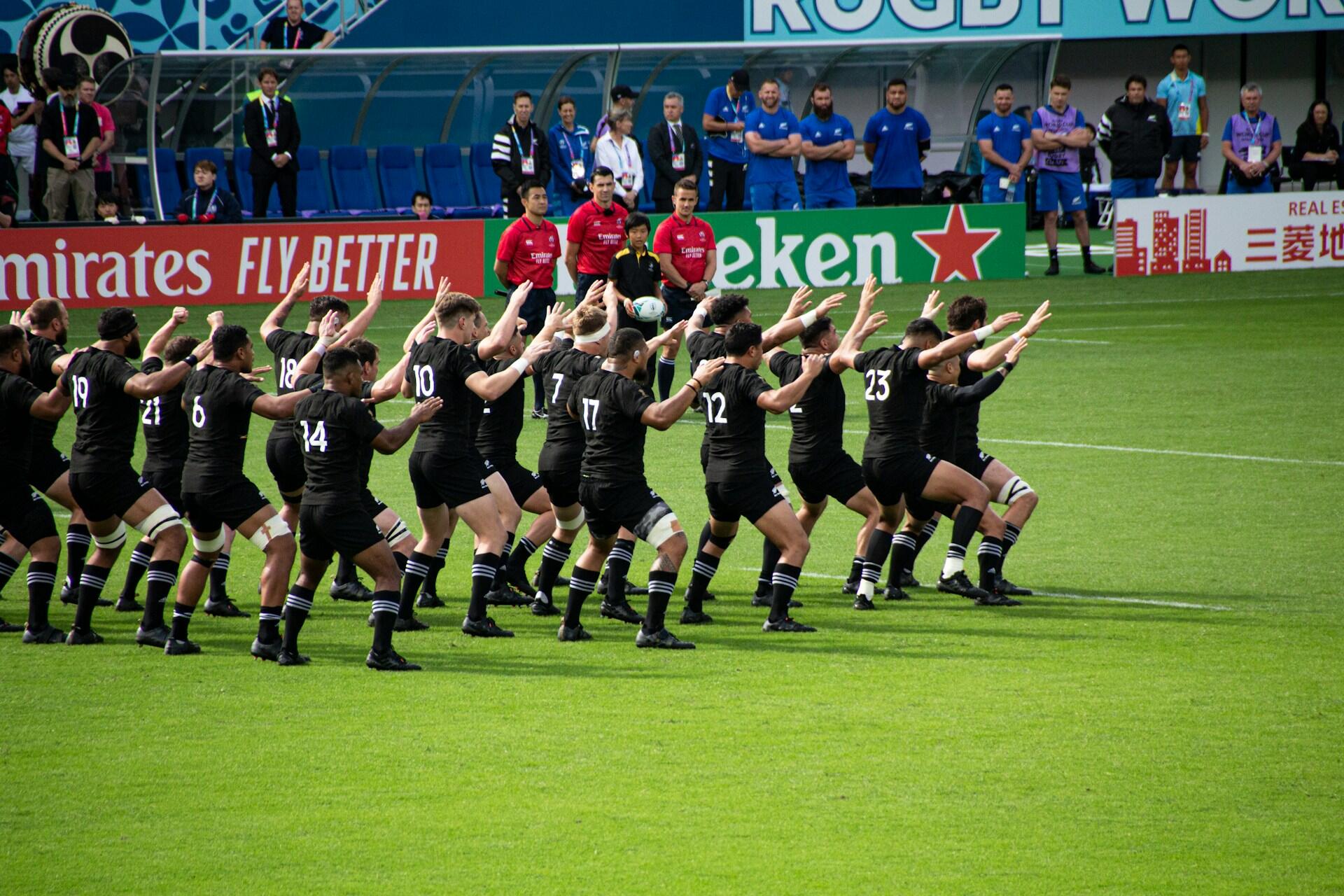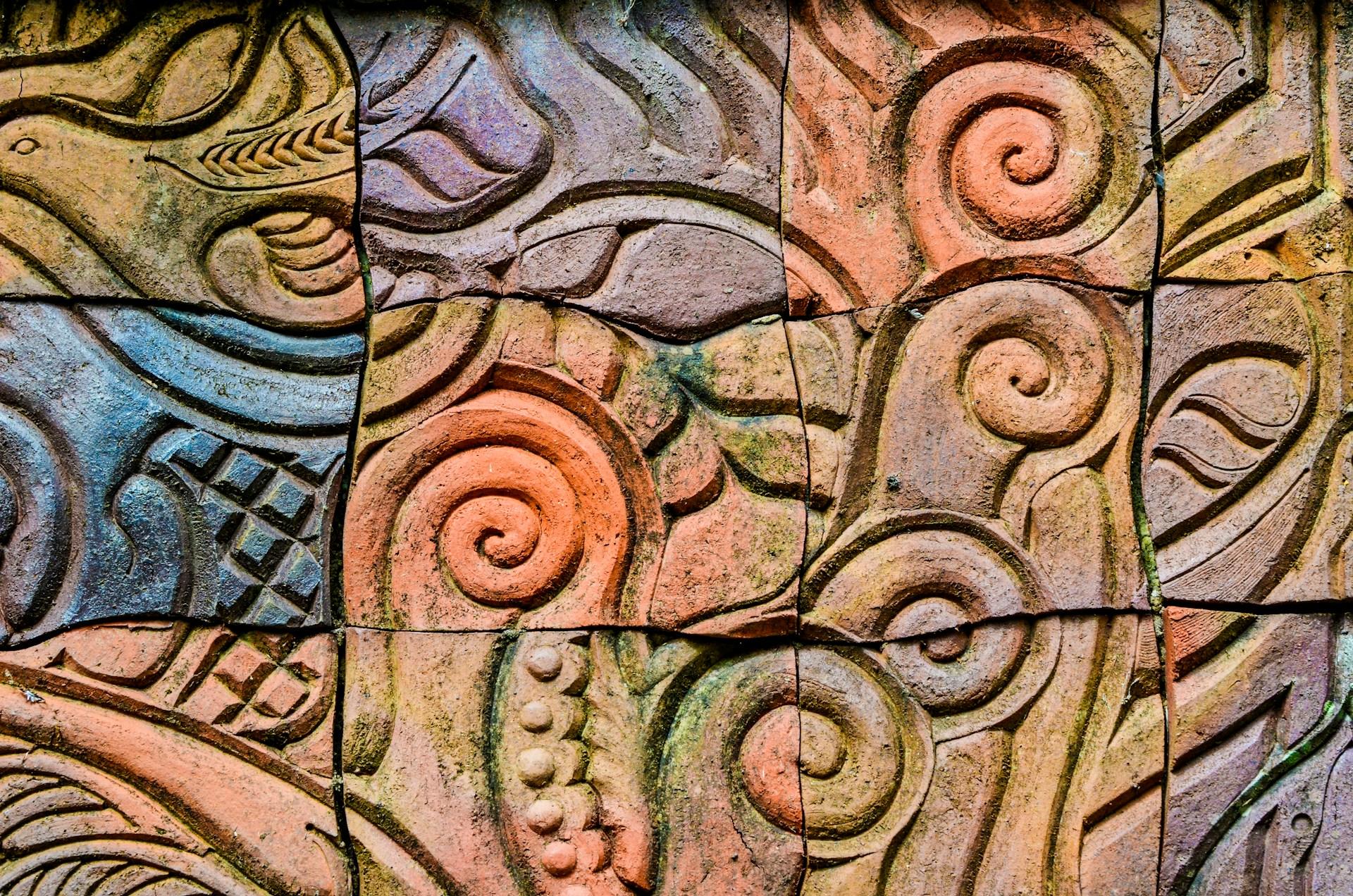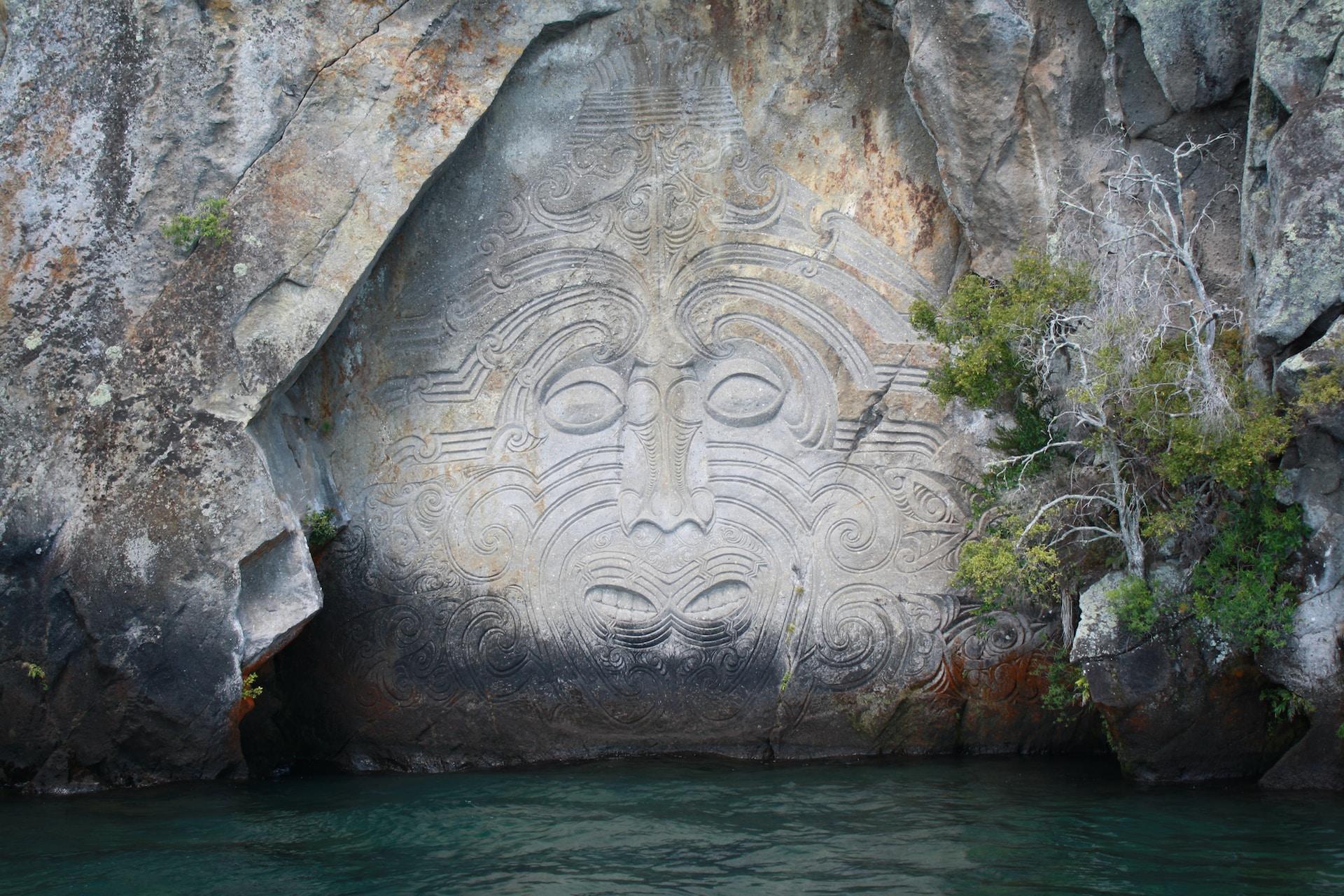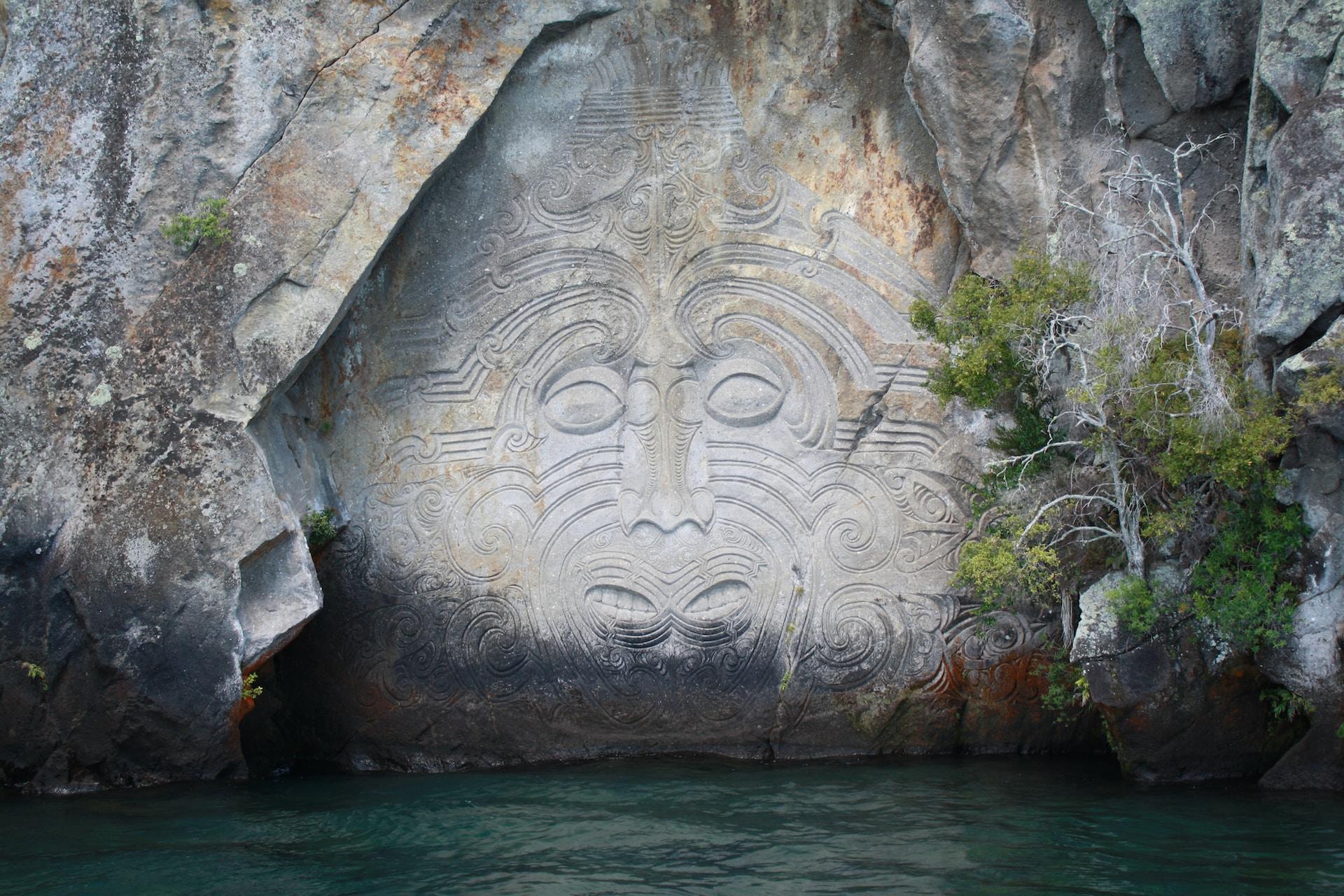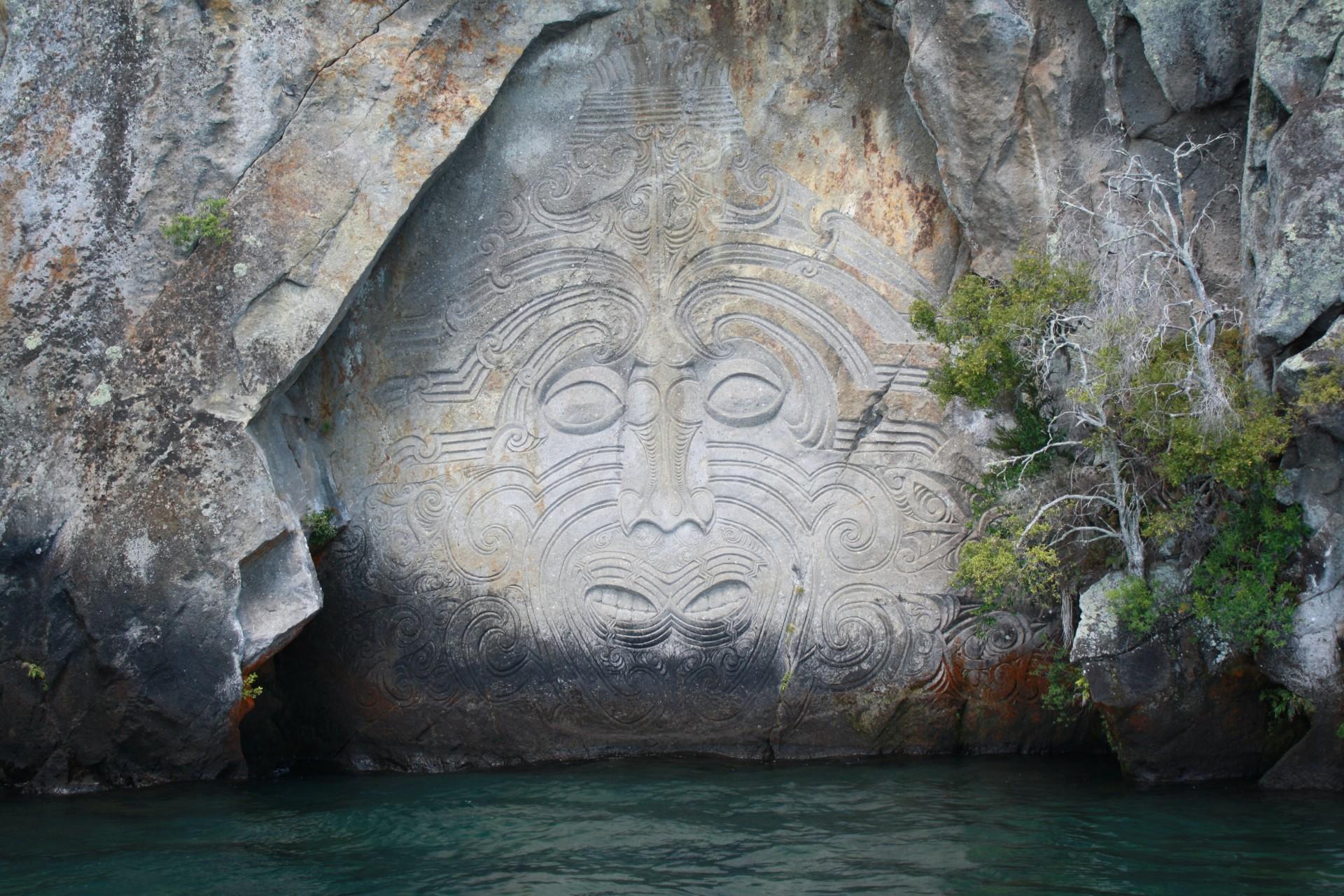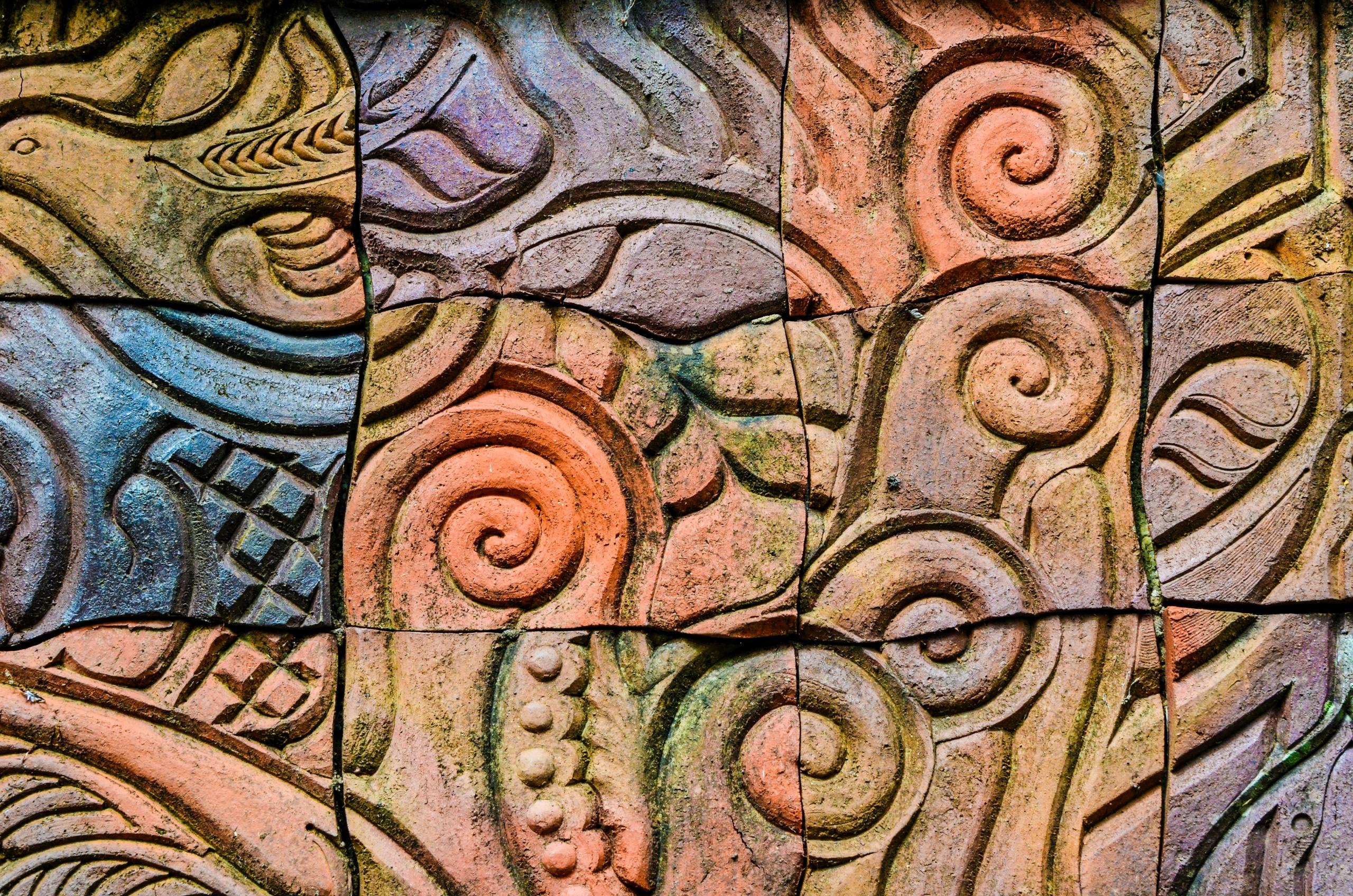Matariki is the Māori New Year. It's marked by the Matariki star cluster (Pleiades) rising over the winter sky of Aotearoa (New Zealand). This cosmic event is a time of renewal, reflection, and celebration, where Māori people gather to honour past, present, and future generations. Let's explore this key part of Māori culture.

The Background of Matariki
For a long time, Matariki has been part of Māori culture and has guided seasonal activities, agricultural cycles, and spiritual observances.
It was traditionally a time to remember those who had passed, give thanks for the harvest, and prepare for the upcoming year.
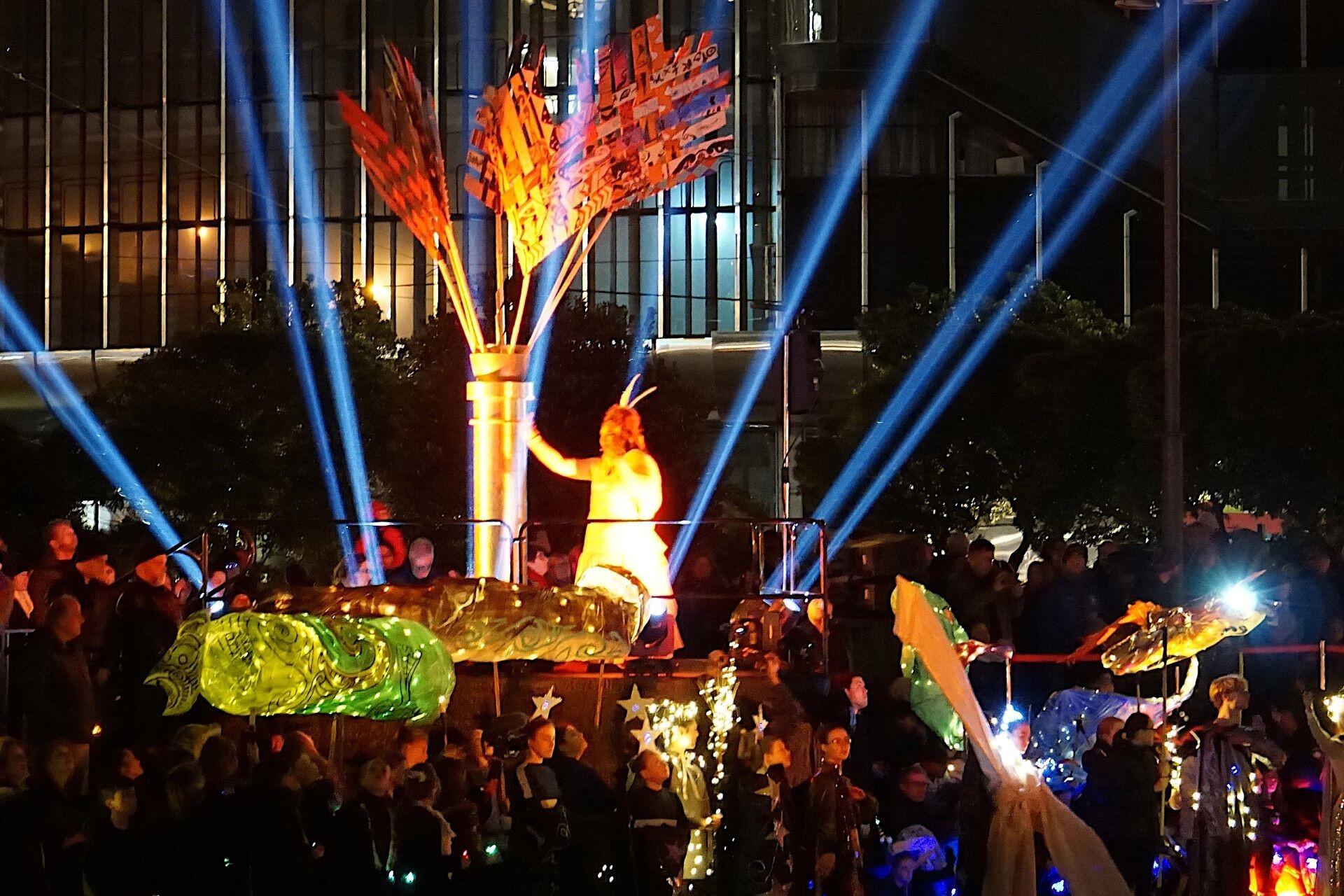
Matariki has been revitalised as a cultural celebration and was made an official public holiday in Aotearoa in 2022.
Matariki, like many other Māori celebrations and cultural practices, is interconnected with the core Māori values:
- Manaakitanga (hospitality and generosity) – Sharing food, stories, and celebrations.
- Kaitiakitanga (guardianship of the land and environment) – Honoring the changing seasons and respecting nature.
- Tikanga (customs and traditions) – Observing traditional practices that strengthen cultural identity.
- Whanaungatanga (relationships and community bonds) – Bringing people together to reflect, celebrate, and plan for the future.
Matariki is deeply connected to Tikanga Māori (customs and traditions). Many Matariki celebrations involve tikanga-based practices such as karakia (prayers), waiata (songs), and kaihaukai (shared feasting). These traditions reinforce cultural identity and strengthen connections between whānau and iwi.
To really appreciate and understand Matariki, you must understand its cultural significance, its meanings, and how the celebration shapes Māori identity today.
The Significance of Matariki in Māori Culture
Matariki isn't just some stars appearing in the winter sky. It's a time of reflection, renewal, and connection.
It's deeply woven into Māori traditions and values. For generations, it has been an important part of the Māori lunar calendar.
A Time to Remember and Honor the Past
Matariki is traditionally a time when Māori people acknowledge those who had passed during the previous year. It's common for Māori communities during Matariki celebrations to:
- Hold karakia (prayers) to honour their ancestors.
- Reflect on the achievements and challenges of the past year.
- Share stories that reinforce whakapapa (ancestry) and cultural identity.
A Time for Renewal and Planning
Matariki is also a time of new beginnings. This means that Māori people also:
- Set intentions and goals for the year ahead.
- Give thanks for the harvest and prepare the land for new crops.
- Celebrate community and whānau, strengthening relationships for the future.
A Celebration of Māori Knowledge and Traditions
Matariki embodies te ao Māori (the Māori worldview) and links people to the environment, the stars, and the spiritual world.
This means Matariki is a great time to acknowledge and remember the many Māori traditions and traditional knowledge from the ancestors.
Matariki celebrations can include:
- Understanding the significance of celestial events in determining seasons and planting cycles.
- Recognising how different stars in the Matariki cluster relate to specific aspects of life (e.g., land, ocean, food, weather).
- Practising tikanga (customs) that maintain balance and respect between people, nature, and the spiritual world.
Matariki is about more than celebrating the stars. It's a time to celebrate and embrace Māori values and reinforce the importance of whanaungatanga (relationships), manaakitanga (hospitality), and kaitikitanga (guardianship of the land and resources).

The Matariki Star Cluster: Meanings and Associations
So why is the Matariki Star Cluster so special and important?
Firstly, Matariki is a cluster of stars that appears in the eastern sky during mid-winter in New Zealand.
It's also known globally as the Pleiades, but as Matariki, it has a deep cultural, spiritual, and environmental significance for Māori people.
Each of the nine visible stars in this cluster is associated with different aspects of nature, wellbeing, and the elements.
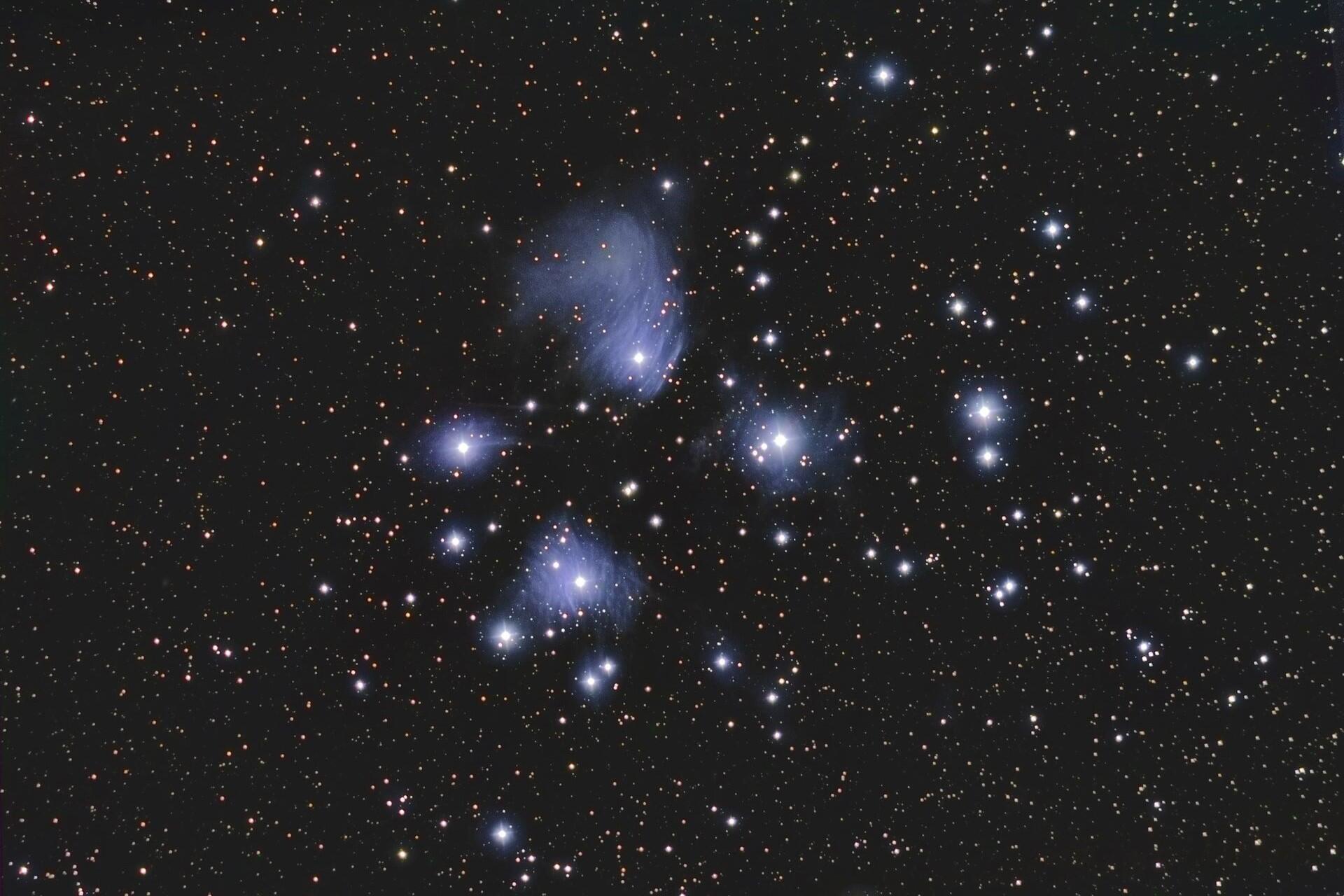
The Nine Stars of Matariki and Their Meanings
Each star has some relation to the environment, seasonal cycles, or community wellbeing:
- Matariki – The mother of the cluster, representing reflection, hope, and connection to the past and future.
- Pōhutukawa – Connected to remembering those who have passed, guiding the spirits of loved ones.
- Tupuānuku – Associated with food grown in the ground, such as crops and plants.
- Tupuārangi – Represents food from the sky, including birds and berries.
- Waitī – Linked to freshwater bodies like rivers, lakes, and the creatures within them.
- Waitā – Connected to the ocean, saltwater life, and seafood.
- Waipunarangi – Associated with rainfall and the importance of water for life.
- Ururangi – Represents the wind and atmospheric conditions.
- Hiwa-i-te-rangi – A star of aspirations and wishes, symbolising hope for the future.
The Role of the Stars in Māori Life
In Māori communities, the brightness and the positioning of the Matariki stars were used to predict the weather, harvest, and natural cycles for the coming year.
- Bright, clear stars signified a prosperous year ahead with abundant food and good weather.
- Faint or scattered stars indicated challenging times, requiring careful planning and conservation of resources.
Māori used the Matariki to live in harmony with the land and the oceans, which is part of the principles of kaitikitanga and sustainable living, which they still do today.
Matariki is more than just an astronomical event for the Māori people. It guided them and helped them to reflect, plan, and connect with the natural world.
Māori used the brightness of the Matariki stars to predict seasonal conditions. If the stars appeared clear and bright, it was a sign of good weather and an abundant harvest ahead. It warned of a harsh winter if they were faint or scattered, prompting communities to store food and prepare accordingly.
Matariki and the Māori Lunar Calendar
The Māori used a lunar calendar (maramataka), which guided their seasonal activities, planting cycles, and spiritual practices.
Unlike the Western solar calendar, which focuses more on the movement of the Earth around the sun, the Māori calendar follows the phases of the moon and stars.
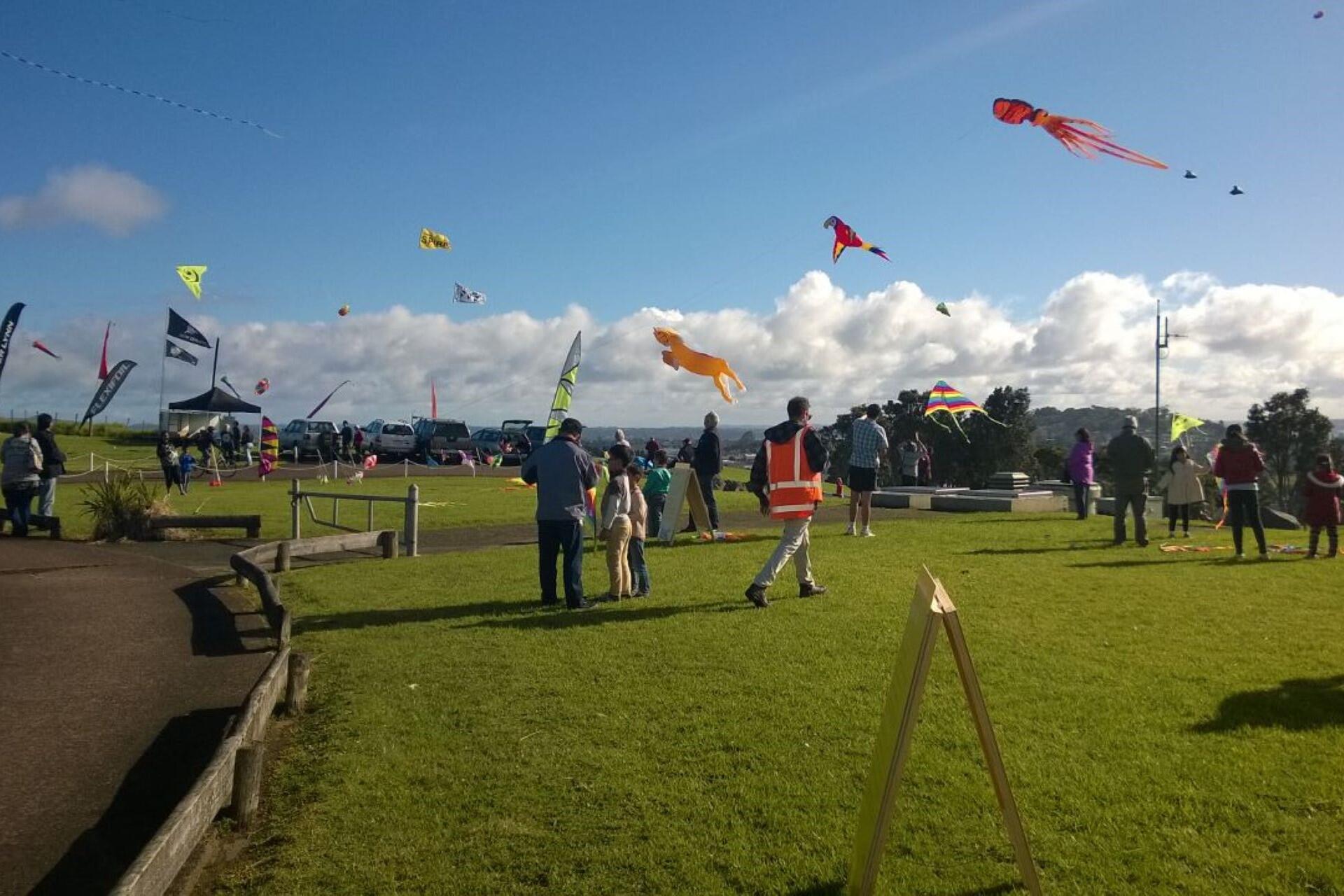
The Māori Lunar Calendar and Matariki
As you may have guessed, the rising of the Matariki star cluster occurs in mid-winter for the southern hemisphere, and it will take place around late June and early July, unlike the New Year, which occurs in January.
Unlike the Western Solar New Year, it doesn't occur on a fixed date in accordance with the Western calendar.
Instead, its timing is based on:
- The first new moon following the rising of Matariki signals the correct time to observe the new year.
- Traditional knowledge of star movements helped Māori track time, predict weather patterns, and plan for seasonal activities.
In terms of a practical calendar, Matariki was the transition between seasons and would determine key events like:
- When to plant new crops for the coming year.
- When to gather and store food in preparation for winter.
- When to celebrate and reflect on the past year, paying respects to those who had passed.
Matariki as a Time for Rest and Renewal
The Māori lunar calendar has some key distinctions between the Western one. After all, the Māori lunar recognises the natural cycles of the environment, which allows Matariki to be a time to:
- Slow down and reflect on personal and communal wellbeing.
- Reconnect with whānau (family) and iwi (tribe) through shared experiences.
- Practice tikanga (customs) that align with the rhythms of nature, reinforcing Māori cultural identity.
How Matariki Connects to Other Māori Values
Almost every Māori cultural practice is interconnected through a set of core values. This makes Matariki so much more than a New Year celebration. It embodies the Māori values that shape relationships, traditions, and how Māori people interact with the world around them.
The interconnectedness of Matariki extends particularly to Māori concepts like: manaakitanga, kaitiakitanga, tikanga, and whanaungatanga.
Traditional and Modern Matariki Celebrations
For a long time, Matariki has been celebrated. Māori would gather to recognise the previous year, honour their ancestors, and prepare for the future.
Many traditions have been upheld for generations while the practice has also adapted and survived into modern times.
Traditional Matariki Celebrations
Matariki was celebrated before the arrival of Europeans in Aotearoa. Typically, customs observed would include:
- Observing the stars – The brightness of Matariki helped determine weather patterns and food abundance for the coming year.
- Remembering ancestors – Special karakia (prayers) and ceremonies were held to honour those who had passed away.
- Sharing feasts – Matariki was a time of kaihaukai (feasting), where people would share stored food and celebrate the bounty of the land and sea.
- Teaching and storytelling – Elders would share mātauranga (knowledge) through stories, songs, and performances, ensuring cultural traditions were passed down.
Modern Matariki Celebrations
Matariki has been revived as a modern national celebration across New Zealand. These celebrations can include:
- Public festivals – Cities and towns host fireworks, cultural performances, and arts events to mark Matariki.
- Community gatherings – Schools, workplaces, and local groups organise haka, waiata (songs), and storytelling sessions to educate and celebrate.
- Environmental initiatives – Many Matariki events include tree planting, beach clean-ups, and conservation efforts, aligning with the value of kaitiakitanga (guardianship of the land and environment).
- Modern feasts – Families and friends continue the tradition of gathering over food, often incorporating traditional Māori and contemporary dishes.
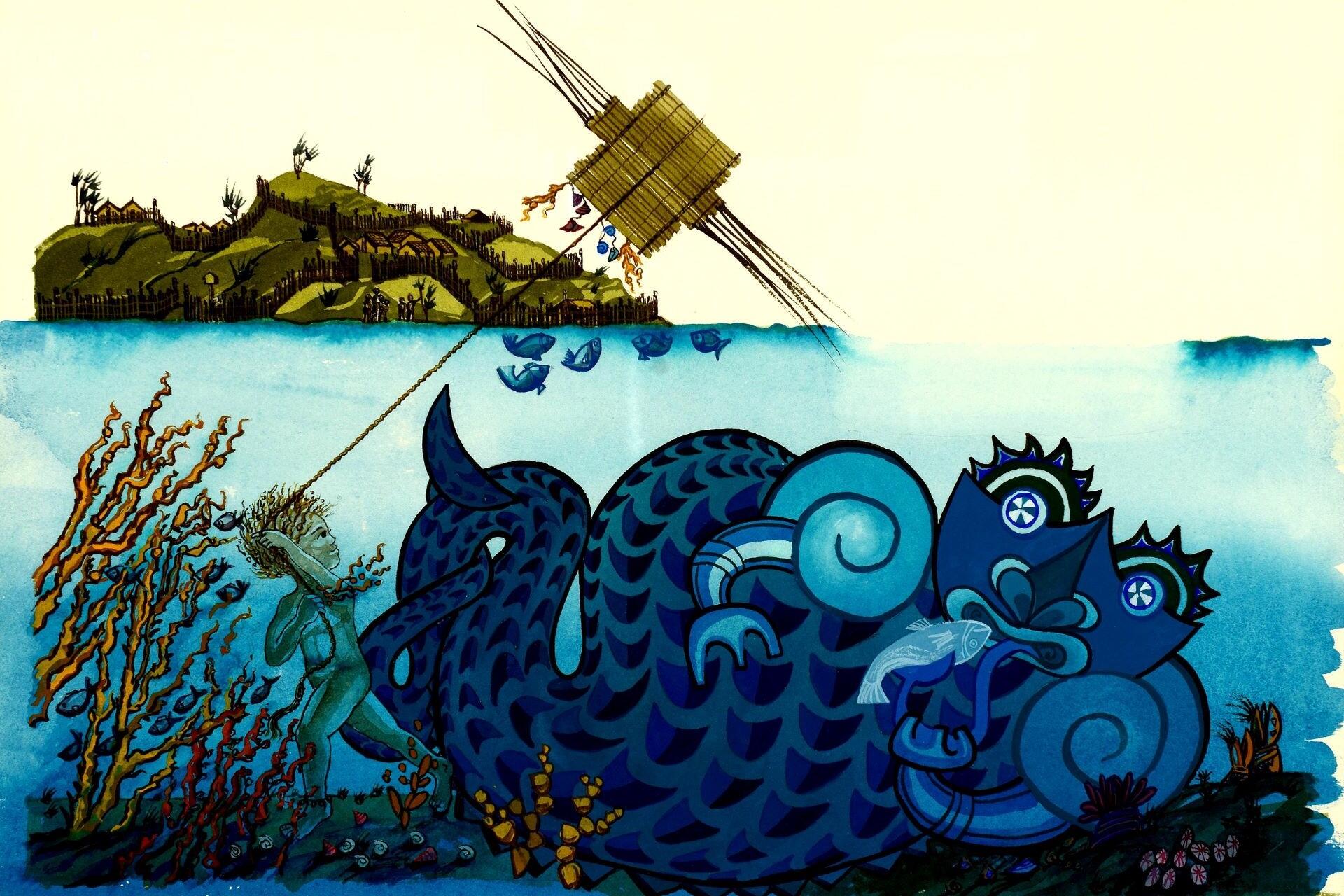
In 2022, Matariki became an official public holiday in New Zealand; the first holiday to recognise Māori culture. This decision reflects the importance of Matariki as not only a Māori tradition but a celebration for all New Zealanders, strengthening national identity and cultural appreciation.

